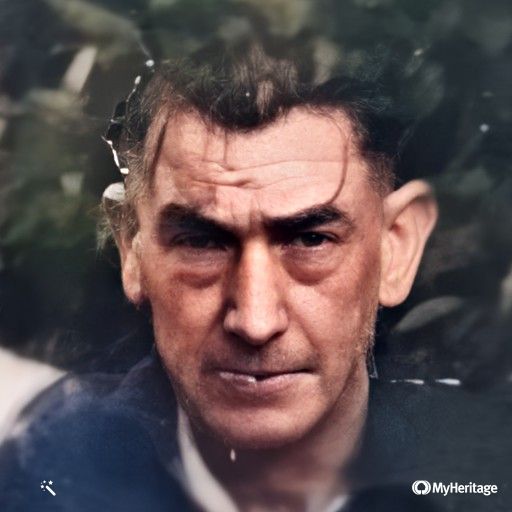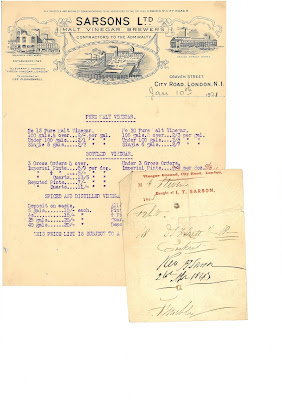Recently I made a discovery at home whilst sorting through stuff, something that I had never ever seen before. I have been trying for a while to find out some more information about my Great Grandad George Ives, and the role he played on the home front during World War Two.
On the 1939 register I saw around 4 years ago I discovered he volunteered for ARP duties whilst still working full time as a mason and paver by trade. Part time wardens were supposed to be on duty around 3 nights per week, but this increased greatly when bombing was at its heaviest. He was part of the decontamination squad and rescue services. The decontamination squad scraped up contaminated rubble from the streets whilst their colleagues followed behind them coating affected areas with bleach. The rescue service were responsible for finding and removing the dead and injured out from bombed out premises.
Other duties for ARP wardens included that the blackout was observed, sounded air raid sirens, safely guided people into public air raid shelters, issued and checked gas masks, evacuated areas around unexploded bombs. Arranged and located temporary accommodation for people who no longer had a place to call home and reported to their control centre incidents and fires.
One in Six ARP volunteers was a woman, amongst the men there was a high percentage of veterans who fought during the First World War.
The local Air Raid Wardens kept a record of each incident, noting the date, the type of bomb and its location. Each Borough recorded its findings in its own way, the borough of Finsbury typed out a sheet every day reporting all the incidents that had happened in the previous 24 hours.
As I sat on my sofa I began to unwrap a small paper bag I found in a box, I was amazed and couldn’t believe my eyes it was my Great Grandads ARP leather wallet. As I opened it I was presented with his silver ARP badge. From the formation of the ARP until 1939, the badges were made of solid sterling silver, with a crescent shaped button hole attachment for men and a pin brooch style for women. From 1940 onwards the badges were made from base metal.
What’s more it contained his civil defence medal, a pink form from Finsbury Borough Council so he could order what he needed such as his uniform and equipment which he would need on duty. The form is dated 15th June 1944 he ticked boxes for the following: Helmet, Civil Defence respirator and haversack, anti-dim outfit, whistle, beret and coat.
However at the beginning of the war, ARP wardens had no uniform and wore their own clothes. Wardens wore helmets, arm bands and badges on their civilian clothes in October 1939 they were issued with ‘bluette’ overalls with a red on black ARP badge.
Also enclosed was his Civil Defence authority card which he carried inside this very wallet to show that he had authority to carry out his duty as warden, although it is stamped 1943 I know that he was a warden before this date. The original card may have been lost whilst on duty.
I then found a receipt for his Civil Defence Medal ribbon, the medal was issued at a later date.
I was very emotional that this had been kept by my Nanny Rose and I was now holding in my hands my Great Grandads wallet that he carried in his pocket 84 years ago. My great grandad volunteered for duty in 1936; as the Metropolitian Borough of Finsbury set up their ARP committee as early as 1935. This very wallet would have been with him the whole time and throughout the duration of WW2, whilst running into burning buildings trying to save people and salvage through the rubble in hope that there was still life out there to be saved. The sights he saw are unimaginable and I have heard stories of these events. One of that he found my Nanny Roses best friend at the time next to her mother with a baby in her arms all sadly lost to the tragedy of the War.
I am immensely proud of my Great Grandad and I can honestly say that my heart truly bursted with joy as well as sadness when I found his wallet.
Thank you for all you did God Bless Great Grandad George

















































